ARCH 2022/6022, Spring 2021
Second Year Design Studio
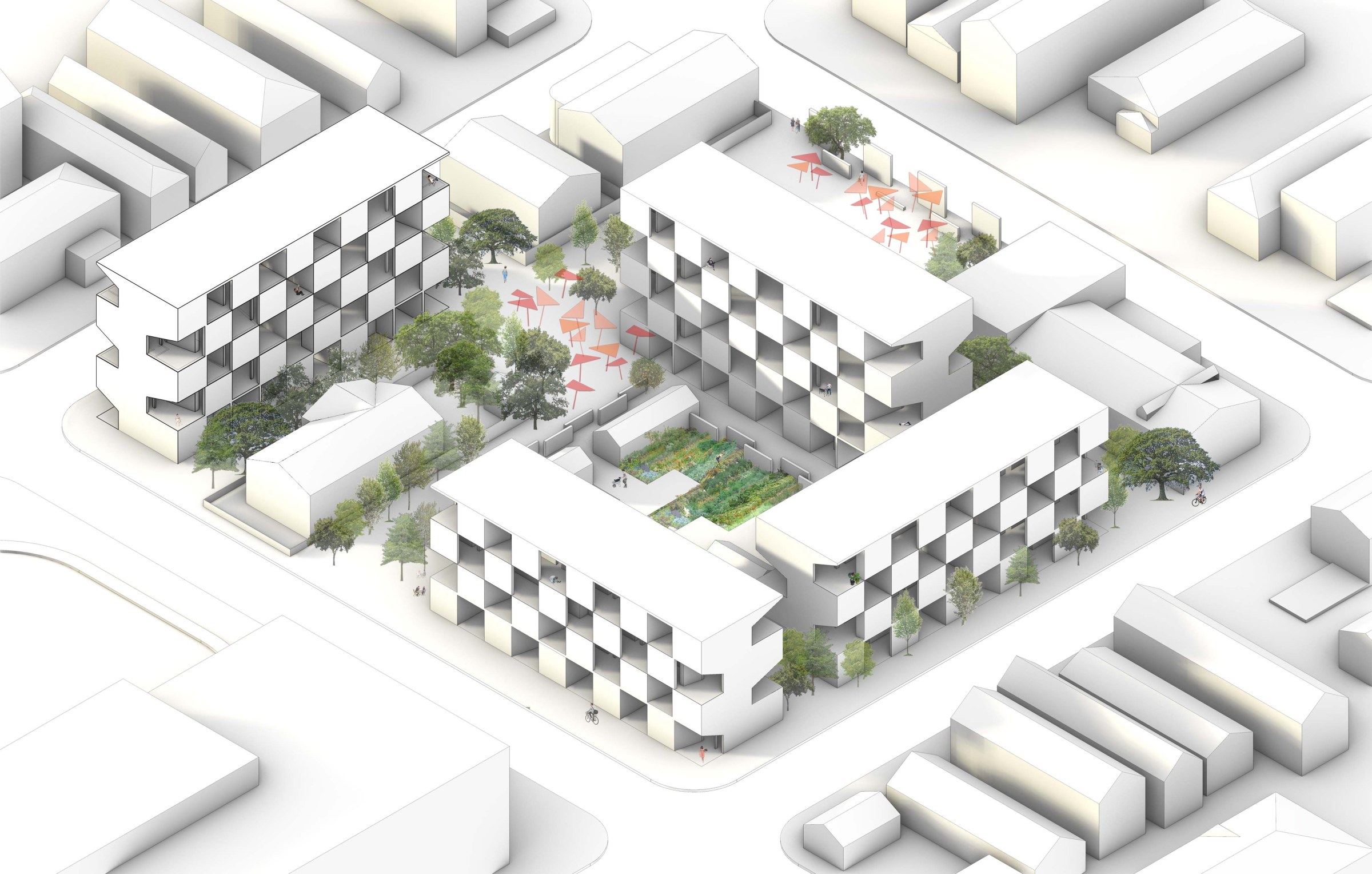
Collective Housing as ‘Intentional Community’.
The main object of design in this studio is collective housing. However, it is an atypical collective housing. It is not a ‘social housing’ compound of small homes/apartment, and it is not a compound of self-sufficient big-homes/apartments; but instead it is a composite of homes of different sizes with collective amenities and collective grounds. Is collective housing in the regime of ‘intentional communities’. One that is the result of a community of ~20 owners on site that hypothetically decide to redevelop their land. They hire an architect to design their dream and ask to themselves: how would we like to live together? When densifying the urban block, each owner will have 3 to 5 homes, instead of 1. Perhaps the owners will live in one, and sell or rent the others. Each owner will have the advantages and assets of the American suburban home -large open space, amenities- but in a regime of shared ownership, and in a more compact and ecologically minded way. This transformation will allow the larger collective grounds to be used for anything from orchards, to water management to sports etc. As students will see later in the semester, three owners within the urban block decide to stay in their old house, and do not to participate in the redevelopment process, these parcels and homes will have to be respected on site.
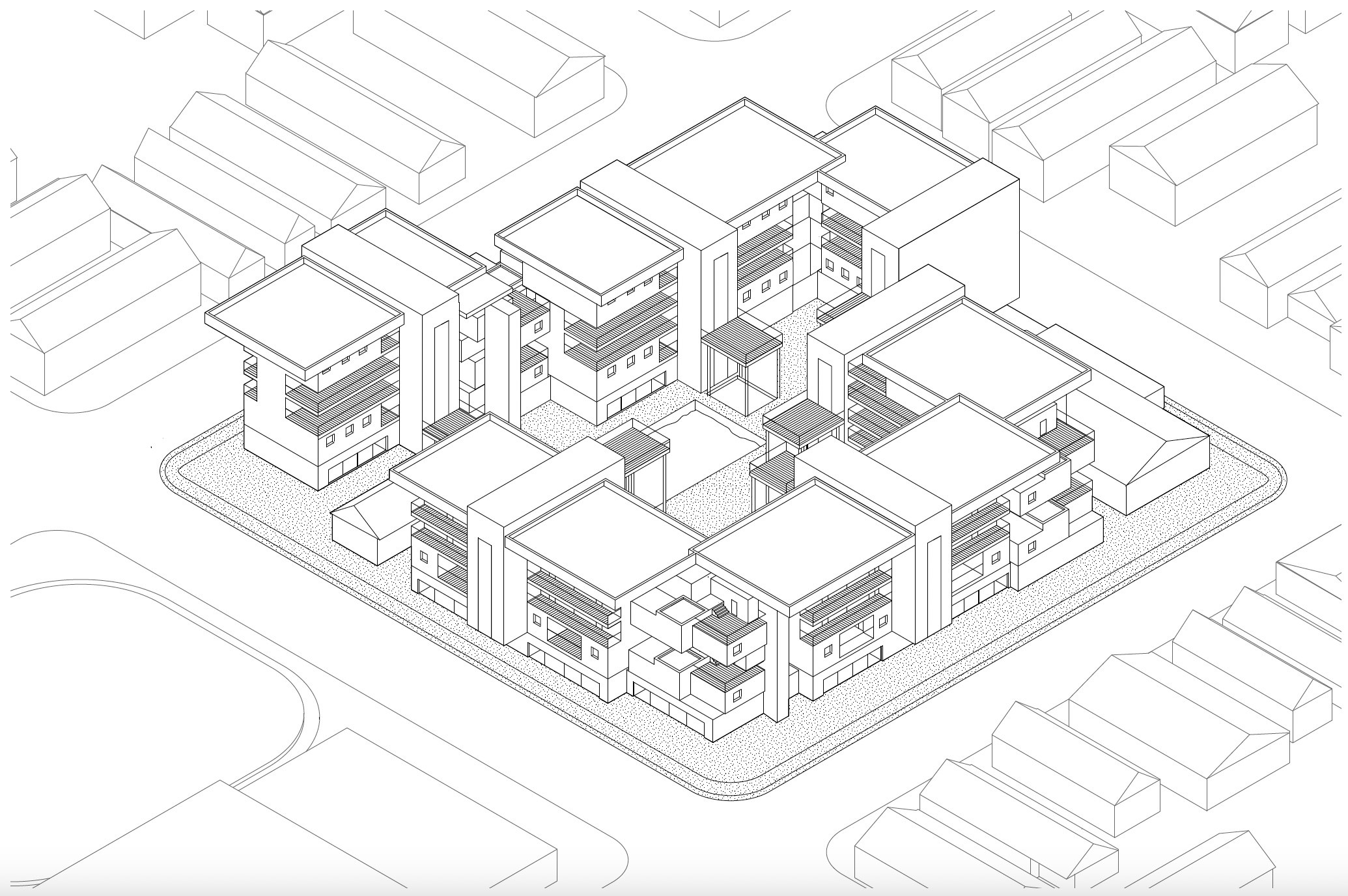
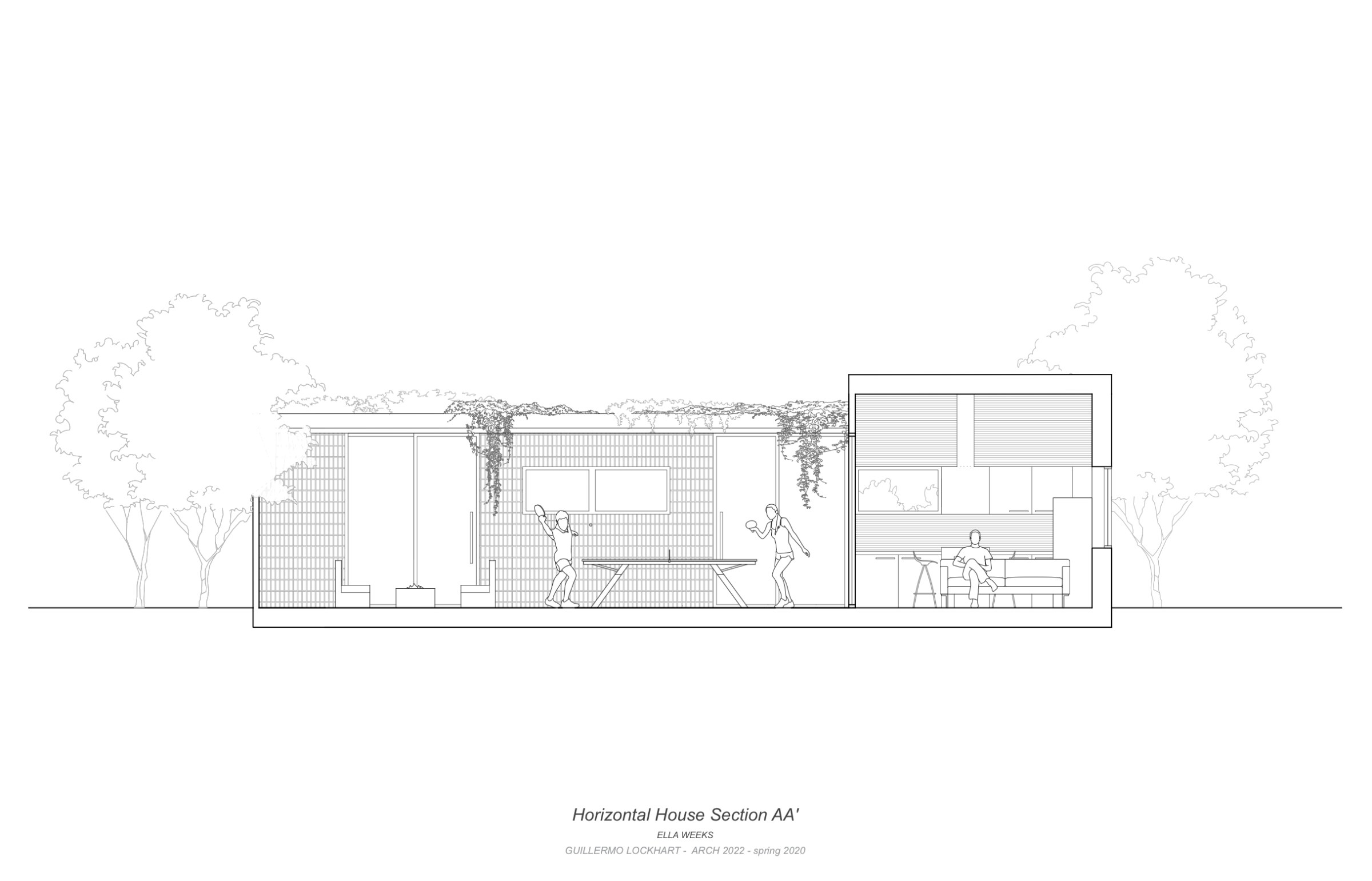
To design ‘housing’ and more specifically ‘collective housing’ is extremely difficult at this stage (second year undergrad, first year grad). Typically, in most schools of architecture this is done in third year. However, this carefully designed methodology has been proven successful and fun for students until now. This allows the curriculum to advance larger urban scale and research agendas in upper levels of students’ education.
The course starts from the inside-out, in other words from the design of the home to the urban block. The first half of the semester is dedicated to strengthening students’ drawing and spatial thinking capacities by designing, really fast, three different projects with clear spatial constraints: the horizontal home, the vertical home, and the sectional home. Once designed, the homes will be slightly transformed, multiplied and aggregated to form an urban block on the site also with a series of given constraints: densify, keep trees and add more, retain a certain volume of water on site, add different programs that are not only housing and try to have diversity of people on site (some renting: students, young families, some buying, etc).
WORK

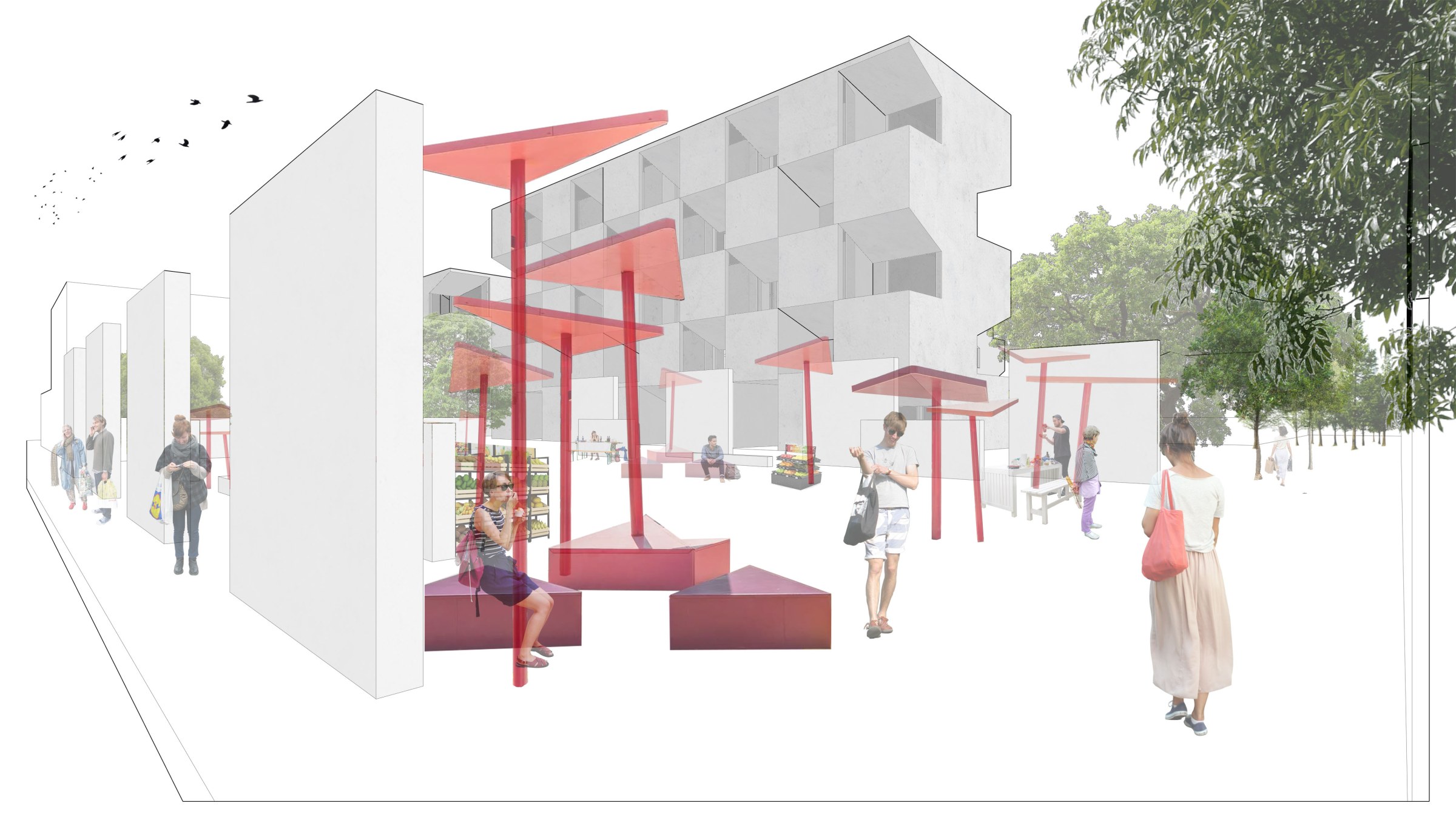


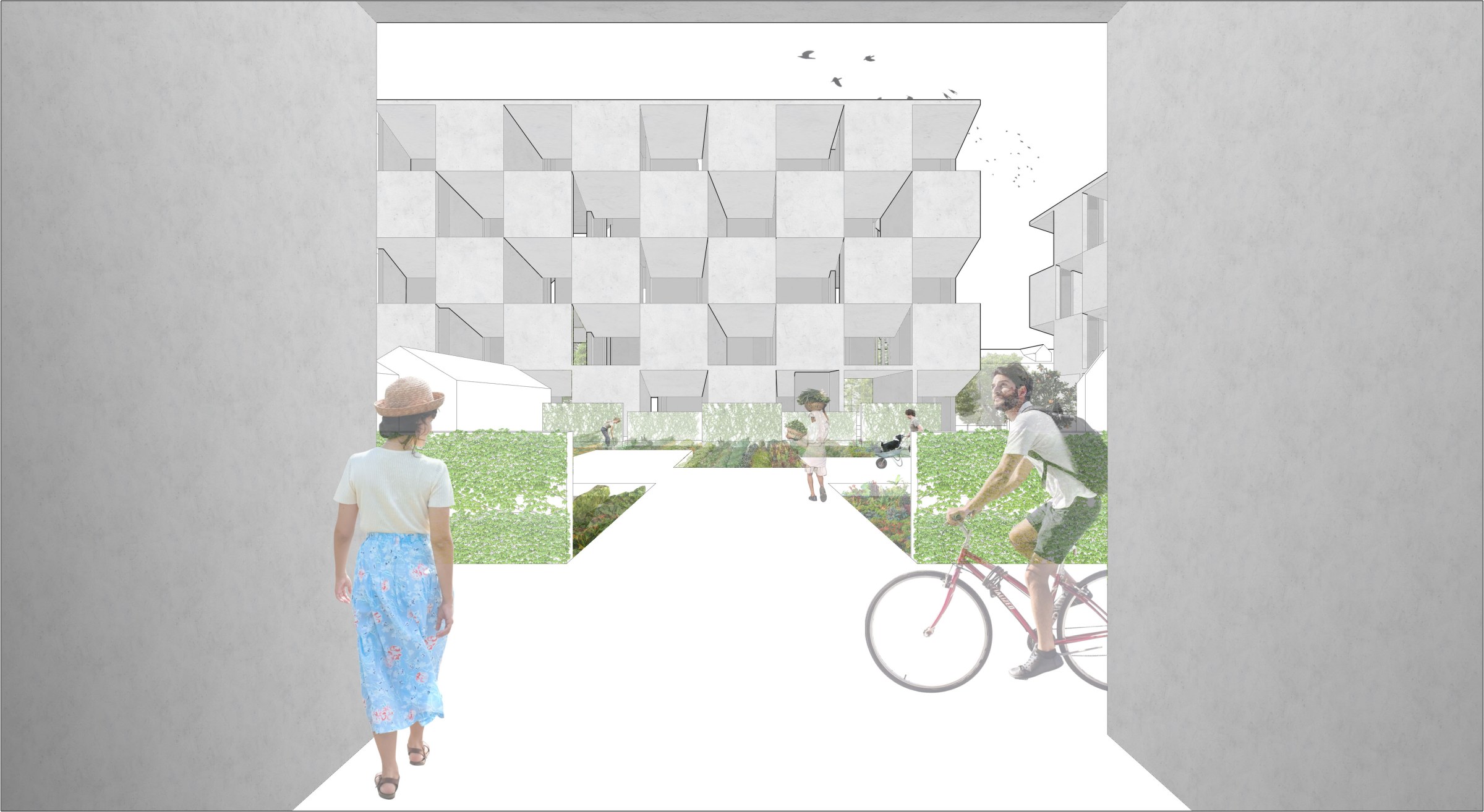


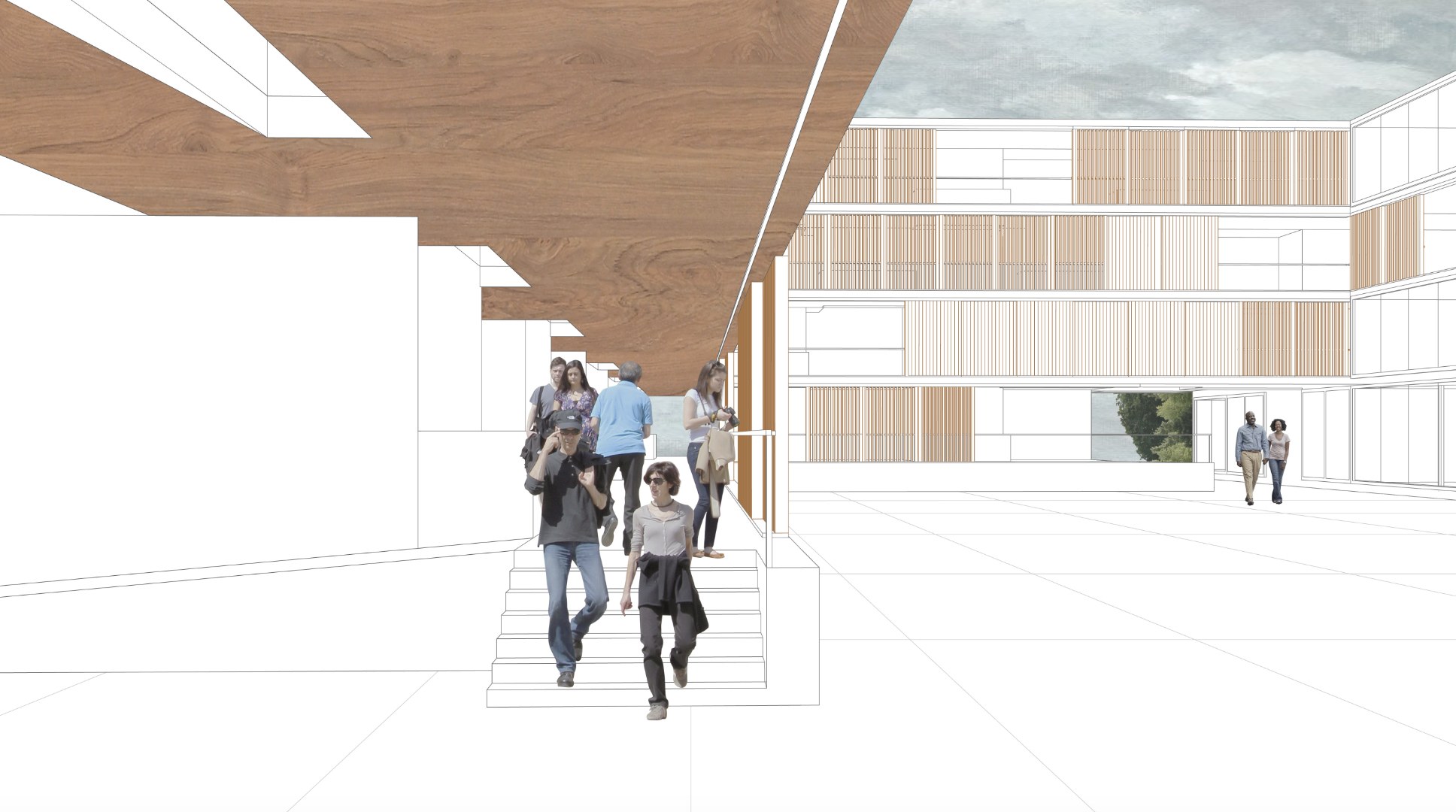
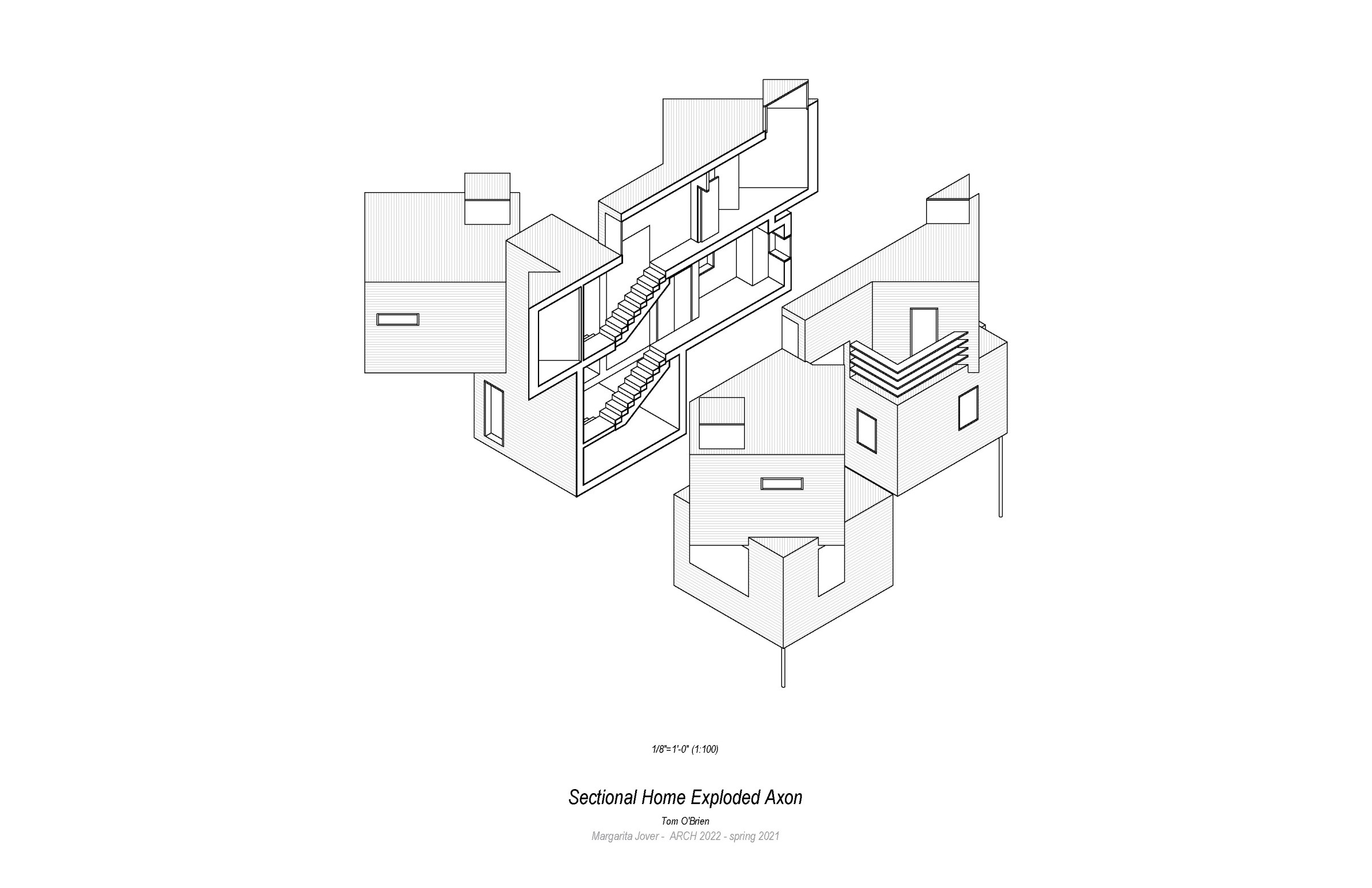
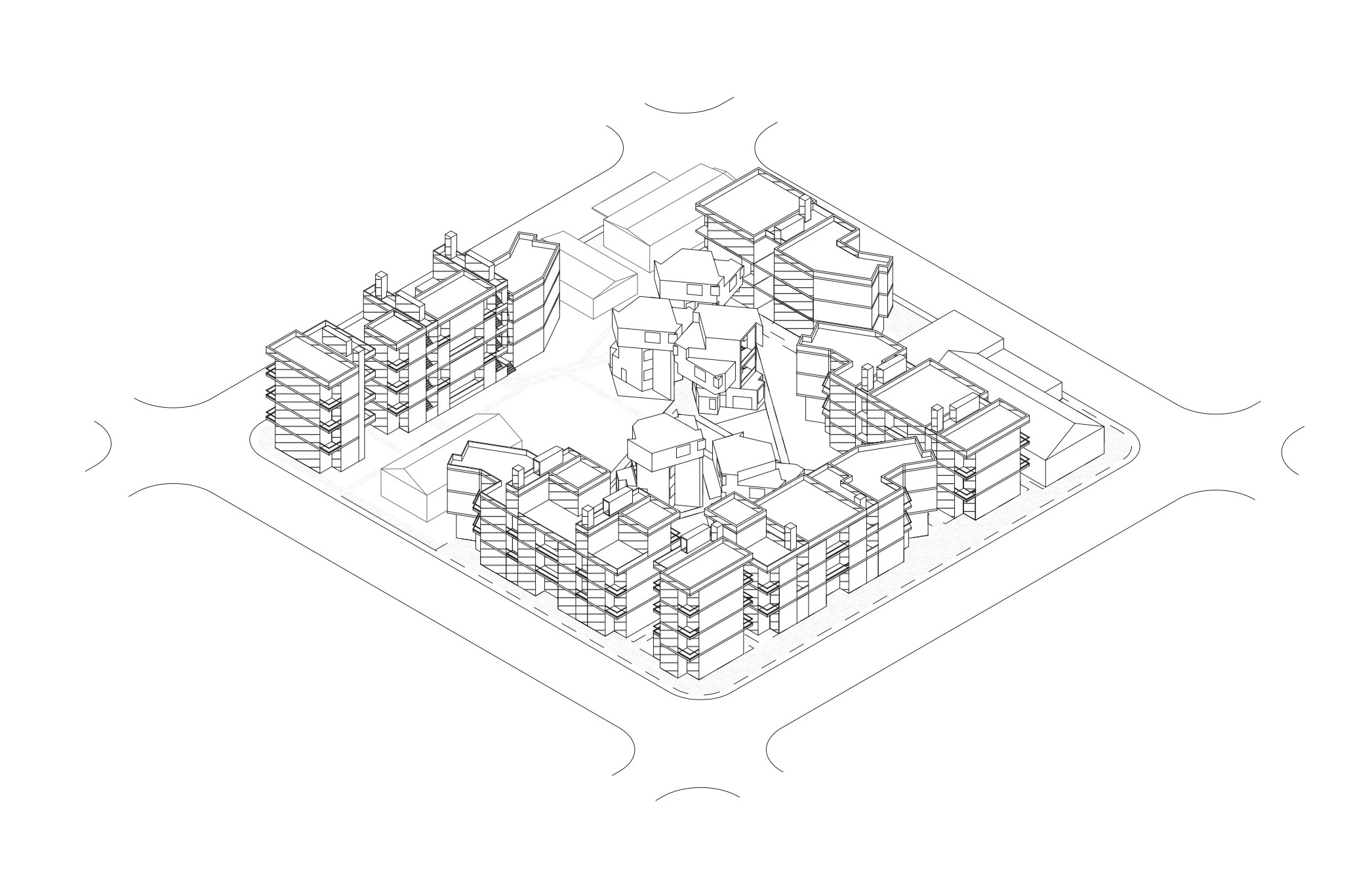
FACULTY
Margarita Jover, Sonsoles Vela Navarro, Andrea Bardón de Tena, Guillermo Lockhart, Carrie Norman